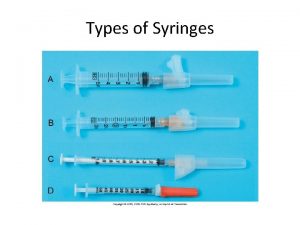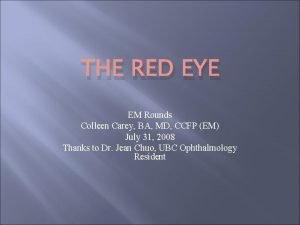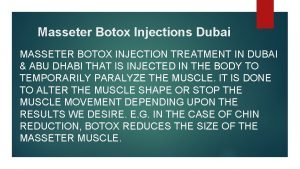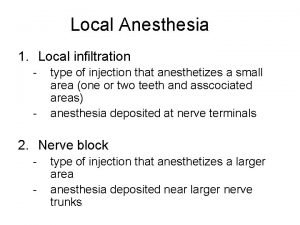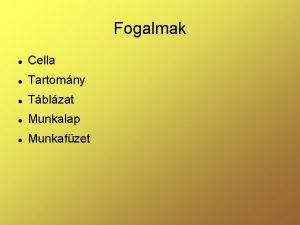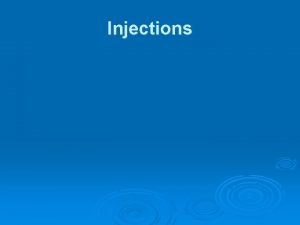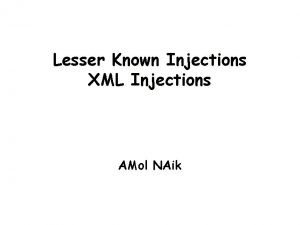G Cella JOINT HARDWARE INJECTIONS AND SYNCRONIZATION STUDY







- Slides: 7

G. Cella JOINT HARDWARE INJECTIONS AND SYNCRONIZATION STUDY IN THE STOCHASTIC BACKGROUND GROUP

Hardware injections Several hardware injections done during the VSR 1 run In the stochastic group, we tried syncronized injections Test for the syncronization between the detectors Signal recovery test (syncronization not mandatory) Never attempted before in Virgo Hardware issue: stochastic injections more “heavy” than others Software issue: some basic facility for gps

Injection infrastructure We tried to solve hardware and software issues at the same time Injection code patched to allow gps syncronization A simple “injection server” was implemented “Injection server”. Data to be injected here: q Stored on disk q Generated “on fly” • No time for extensive tests on the detector • Difficult to find common time windows between the detectors Injection system Dedicated machine • low memory • low computational power

Results A couple of syncronized injections finalized Problem with the first one: SNR too low Second trial: unexpected loss of coherence between (L 1, H 1) and Virgo The reason: a problem with the injection server On row N: running coherence between the signals injected in H 1 and V 1, with N seconds of time shift The problem is solved now, but we were not able to find another occasion for a syncronized injection.

Injection reconstruction • The injection system inserted a spurious 1 -sec segment (replicating the last one) every 60 seconds • We reconstruct the stream with some cut and paste • Obviously this is not a faithful reconstruction: • Discontinuities in the data are amplified by the mirror response. . • . . and propagated in time • But not too bad: • 1 sec of data after each discontinuity is removed

Analysis of reconstructed data: Wrong factor in the SNR for V 1 -H 1 & V 1 -L 1 pairs An unexpected time delay (not constant!) See E. Robinson talk tomorrow Can this be an artifact of the reconstruction? Maybe. • Discontinuities introduce additional noise in the system • The frame replication change the time coherence structure But: preliminary numerical simulations show that the effect is quite small. So, we do not have yet a convincing explanation for the observed results.

Next steps Understand if there is another problem hidden in the injection system We are recovering the data of another sb injection (Virgo only), which will give useful informations Planned injections in the foreseen engineering run will not be possible anymore, due to the anticipated shutdown Evidence from other groups suggest that this is not a calibration issue (no apparent timing problems with unsyncronized injections) An effort to understand better the issue is mandatory in my opinion
